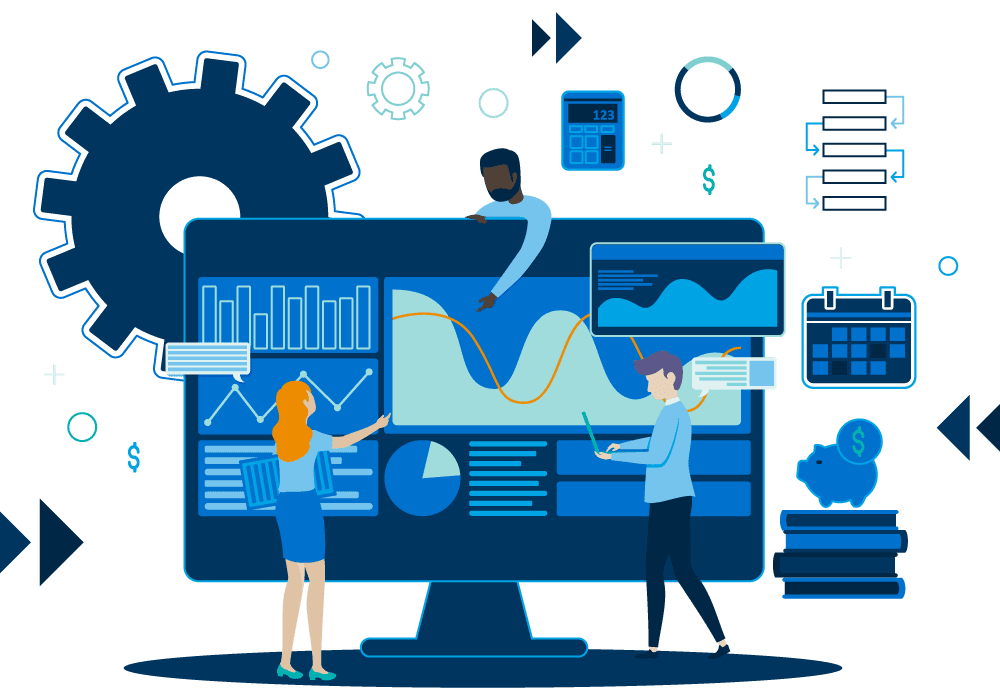Predictive Modeling can be understood as the course of creation and testing of a model, and then validating the same to best forecast the profitability of any outcome. As organizations around the world have started emphasizing on analytics, with the same, there has been a sudden rise in the need for predictive analytics. Thus, there are multiple modeling solutions available, ranging from machine learning and artificial intelligence, to statistics to better predict the outcome of a decision.
A model is used only after thorough testing and evaluation of the accuracy of the results. The applications of each model designed, is limited only to the type of problem it was designed to address. A model is designed by creating an algorithm using the historical data and is often used again over time so that common and similar business rules can be applied to similar data.
BUSINESS PROCESS ON PREDICTIVE MODELING
- Creation of the Model: The model is created using historical data on the basis of which the algorithm is designed.
- Testing of the Model: This is the most essential test wherein hypothesis on the accuracy of the model and its results are drawn. The model is tested on a set data-set. Sometimes, it may also be used on the past data to check for the accuracy.
- Validation of the Model: The model-run results are then validated using the visualization tools.
- Evaluation of the Model: The model with the most accurate results is then chosen, one that is rightly-fitted and apt for the given data-set.

CATEGORIES OF MODELS
From what can be understood, there are primarily three types of models that can be identified. They are: Predictive models, Descriptive models & Decision models.
Predictive Models: These are the models that are basically used to analyse the past performance, to draw and arrive at the future predictions.
Descriptive Models: The role of descriptive models is to identify the relationships that may be present in the data, so the data set can be categorised into data groups.
Decision Models: The decision models are used to identify the relationships between all the elements of the decision, so the results of the decisions can be predicted.
FEATURES OF PREDICTIVE MODELING
Numerous predictors are used to build a predictive model and these predictive models are updated over time so they can be used again and the results derived from them are accurate.
THE CONCEPT
The predictive model might be an extremely simplified one or might be complicated in nature. The basic idea and fundamental behind predictive analytics is behavioural economics. The consumer psyche is understood using the data collected, inferences are made and then conclusions are derived from the customer actions to understand and explain the factors behind economic decision making. Some techniques used to collect the data from the customer include random sampling techniques and surveys.
APPLICATIONS
Predictive modeling techniques are often used comprehensively in a lot of subjects and fields like data mining, actuarial sciences and SAS, among others. It has a growing demand in the fields of risk management and analytics.
Since the results and inferences drawn from predictive modeling are precise and correct, it has lately become one of the optimum means to drawing conclusions.
